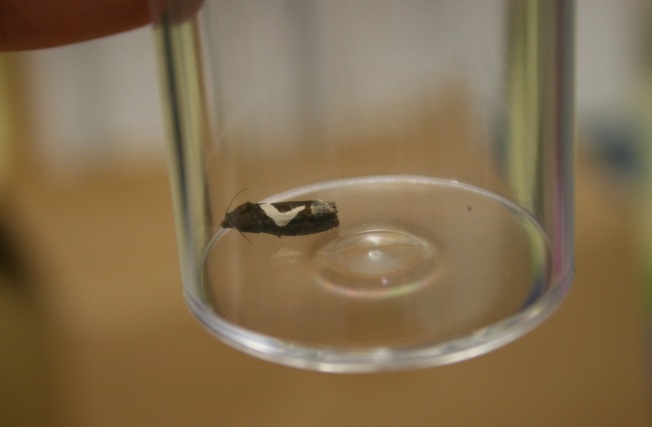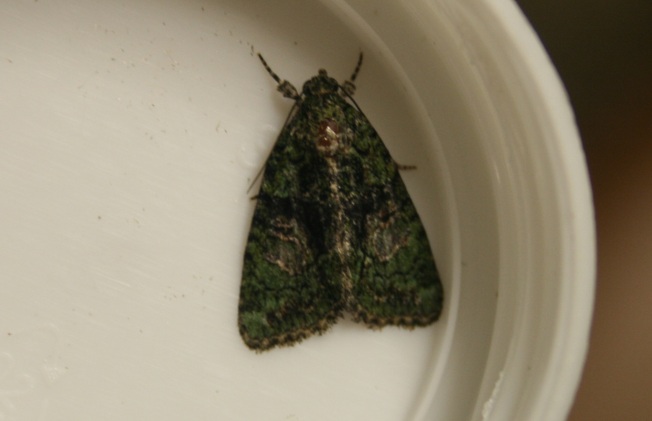After being frustrated by dead end internet searches looking for descriptions or photos that might-just-a-little-bit look like the tiny mostly brown moth I had in the pot in front of me, I finally decided it was time to properly delve in to the world of micro moths and went ahead and purchased this book.  It was definitely worth it. The introduction in itself is a great read and that’s before you get in to the delightfully extensive descriptions of flight periods, larval food plants, conservation status, similar species etc. I also really like the ‘at a glance’ guide to the different families of micro moths, very useful for a novice like me. A bargain at £21!
It was definitely worth it. The introduction in itself is a great read and that’s before you get in to the delightfully extensive descriptions of flight periods, larval food plants, conservation status, similar species etc. I also really like the ‘at a glance’ guide to the different families of micro moths, very useful for a novice like me. A bargain at £21!
I’ve only had it a few days but it came in handy last night when I set up a moth trap demonstration at the London Wildlife Trusts Camley Street Natural Park, a small nature reserve in the heart of King Cross (I’m currently in the second month of an internship here). Admittedly a few ‘small brown jobs’ did evade me, mostly due to lack of time as we had to pack up in time for the last tube home. But at this point each successful micro moth ID is a triumph for me 😉
The biggest challenge was a Cydia splendana, similar to a couple of other Cydia species but distinguishable with the help of a borrowed hand lens (I really must carry mine around more often!). This lovely Epiblema foenella and Beautiful Plume Amblyptilia acanthadactyla were more discernible (apologises for badly lit photos).
In the two hours the trap was out we also saw an abundance of Light Brown Apple moths and a few Crambid moths that looked good for Crambus perlella but I didn’t get a chance to examine them more closely. Macro moths included a Brimstone
a couple of Tree-lichen Beauties
and this controversial Gyspsy Moth that took a liking to Marco, another LWT intern.
Cute right? (the moth 😉 ). Well, although the English form that became extinct in the early 1900’s was fairly inoffensive feeding mainly on bog-myrtle and creeping willow, the populations that have established in a few locations in Southern England are thought to have been accidentally introduced from mainland Europe where the caterpillar has a ferocious appetite and is a major defoliant of a wide range of deciduous trees and shrubs. Although it is suggested that these populations are unlikely to cause serve defoliation in the UK considering our climate, because of it’s potential pest status it was subjected to an eradication campaign led by Defra after it was first discovered in Northeast London 1995 and any sightings should be reported to them.
It’s difficult to look at this large attractive moth and think of it as a menace or even a small threat -to me it is just another species adding to the biodiversity of Camley Street. But of course there is a bigger picture to think of and I will report this sighting – not sure if anything will come of it but if strange men turn up dressed head to toe in fumigation gear in the next few days I will be in trouble 😉






